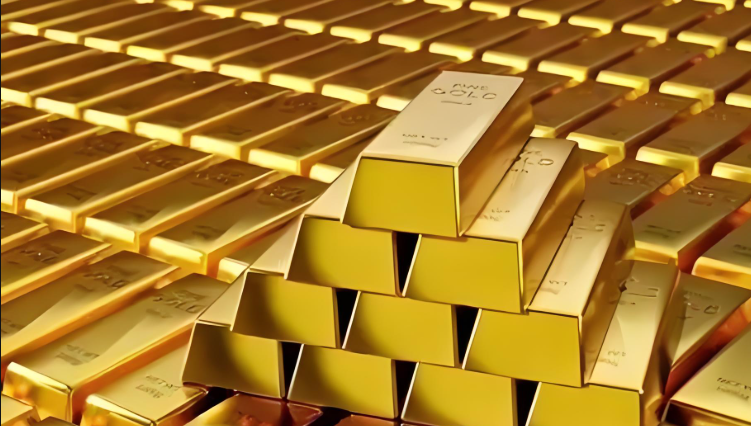The Surge Behind Gold's Ascent
Advertisements
The recent surge in gold prices has captivated the attention of global investors, banks, and financial institutions, likening it to a lion that has broken free from its confines. This meteoric rise in the gold market is underscored by intricate economic principles and profound market ramifications that reflect the current state of the world economy.
The root causes of gold's price spike stem from a tumultuous global economic landscape. In a time marked by persistent trade disputes and political tensions, nations face significant economic strife. Notably, rising geopolitical tensions, such as regional conflicts and delicate shifts in international relations, act as unpredictable forces that can destabilize economic conditions worldwide. Amid this turbulence, investor confidence in traditional financial assets wanes. The unpredictability of stock markets, along with hazy corporate profit forecasts and fluctuating bond yields, pushes investors to reassess their strategies. In stark contrast, gold, revered for thousands of years as a safe haven, emerges as a refuge for capital. In light of these shifts, there has been a mass flight from other assets, leading to a powerful influx of funds into the gold market that has driven prices skyward.
The shift in monetary policy has also played a pivotal role in the current gold rally. Major economies around the globe have resorted to expansive monetary policies to combat economic downturns or address domestic challenges. This approach has resulted in a flood of money into markets through extensive quantitative easing operations, where central banks print money in vast quantities and frequently cut interest rates. The resulting depreciation of currency values enhances gold's attractiveness, reinforcing its status as a hedge against currency devaluation. Investors, acutely aware of the diminishing purchasing power of fiat currency, increasingly turn to gold, which carries intrinsic value and remains steadfast through the test of time. This rising demand for gold further propels prices to dizzying heights.

The dramatic increase in gold prices generates ripples throughout the financial markets. For investors, this scenario presents both opportunities and challenges. Those with keen foresight who capitalized on the upward trend undoubtedly reaped substantial rewards. However, many investors find themselves caught in a dilemma. On one hand, those purchasing at elevated prices fear potential losses should the market correct; on the other hand, those opting to remain on the sidelines grapple with FOMO, the dreaded “fear of missing out” on a rare opportunity for wealth appreciation.
Globally, gold mining companies have experienced a fleeting boon. The escalation in gold prices has significantly bolstered profit margins, providing a lifeline to companies that were previously on the brink of financial ruin. Yet, this newfound prosperity is accompanied by its own challenges. Price volatility creates uncertainty regarding future market conditions, leaving companies in a quandary over whether to expand operations or adopt a more cautious approach. Within the gold consumption sector, such as the jewelry industry, dynamics are complex. While higher gold prices can dampen consumer enthusiasm—due to increased costs in purchasing gold jewelry—some consumers may still opt to invest in gold products, viewing purchases as a form of wealth preservation, albeit with shifting motivations and purchasing behaviors.
From a macroeconomic standpoint, the ascent of gold prices is not an isolated phenomenon; rather, it acts as a mirror reflecting significant issues and sharp disparities within the global economic system. The soaring price of gold leaves behind the shadow of an imbalanced world economy. Trade protectionism's resurgence represents a growing threat, as strained trade relations disrupt supply and value chains, heightening uncertainty about economic stability. In parallel, some nations struggle with inappropriate monetary policies—whether through overly loose policies inciting rampant inflation or aggressive interest rate hikes threatening to trigger a hard landing for the economy. This scenario warns governments and international organizations worldwide that fostering economic stability and balanced growth must take precedence. An open and inclusive approach to managing trade relationships, coupled with the prudent application of monetary policy tailored to domestic and global situations, is imperative to harnessing the “wild horse” of the economy, mitigating excess volatility, and restoring order to financial markets.
The ongoing surge in gold prices results from a confluence of factors, including economic conditions, political situations, and monetary policies. While this presents promising possibilities for certain investors, it simultaneously poses significant reflections and challenges for the broader financial landscape and macroeconomic scenarios. What lies ahead for gold prices? What new market narratives will emerge? These questions linger in the minds of investors and economists alike as they look to the future.